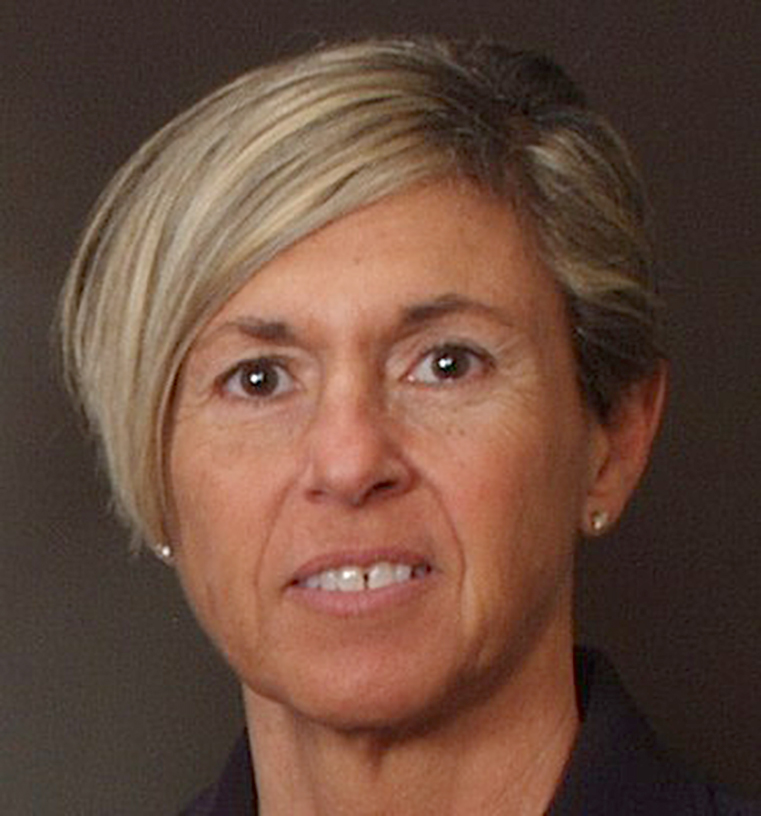
BY JOAN SHIRIKIAN-HESSELTON
For another year, Albany has passed on
‘reforming’ the Scaffold Safety Law. And
that’s a good thing.
Few debates in Albany are as misleading
as the one surrounding this critical
worker safety protection for New York construction
workers. Construction remains
one of the most dangerous jobs in the
nation, especially for Latino and immigrant
workers. In New York alone, there were 101
fatal construction accidents from 2009 to
2011. Many more were injured, often in debilitating
fashion. And with so much new
construction underway throughout the
state, it seems like the news reports nearly
every week on another tragic accident.
But New York construction workers have
an important but oft-misunderstood protection
on their side: the Scaffold Safety
Law.
The law’s premise is simple: that the
people who control construction worksite
operations, general contractors and property
owners, are responsible for ensuring
basic safety rules for working at elevation
are followed on their worksites. If they fail to do so, and a worker is
injured or killed as a result, they’re held
liable. If, however, they follow the rules,
they won’t be held liable.
This law has been a powerful incentive
for safety in a dangerous industry. And
despite the huge amount of construction
here, New York actually can claim the nation’s
fifth-lowest injury rate, thanks in part
to the Scaffold Safety Law.
Yet the construction industry has been
waging war on it for years, claiming it’s too
expensive to ensure workers are safe. They
argue (falsely) that New York is the only
state with such a law, when in fact many
other states have stronger safety standards
(some states even have criminal penalties
for breaking safety rules).
They further argue the Law is single handedly
making construction far more
expensive by driving up liability insurance
costs, and therein slowing business
growth – despite the continued rise in new
construction across the state.
This past year, they turned to academic
researchers to try and bolster their case,
spending $82,800 to commission SUNY Albany’s
Rockefeller Institute to study the
impact of the Scaffold Safety Law.
Remember that old saying, you get what
you pay for? Well in this case, that adage
couldn’t be more appropriate.
Our partners in New York City, the NY
Committee on Occupational Safety &
Health, and the Center for Popular Democracy
released a report detailing some
of the many flaws in the Rockefeller study,
decrying in particular its “far-fetched” and
“counterintuitive” central claim: that the
law actually causes more accidents, not
less.
As Richard W. Hurd, professor and associate
dean at the Cornell University School
of Industrial and Labor Relations noted in
the Insurance Journal, “If employers are financially
liable for injury and death, would
they not be more likely to invest in safety?”
Since then, Rockefeller Institute Director
Thomas Gais started backpedaling,
even going so far as to tell the Chronicle
of Higher Education that the research was
“just really awful” and deeming it not officially
a research product of the Institute.
The study is now the subject of multiple
Freedom of Information requests, including
one seeking to discover what role the
law’s primary opponent – an industry backed
front group – played in shaping
this “research.” But none of this has stopped
that same group from peddling the flawed
research around the state – including last
month in a column here in the Saratoga
Business Journal and Glen Falls Business
Journal.
In general, opponents are fixated on the
high cost of liability insurance, arguing this
is purely the result of the Scaffold Safety
Law – even though insurance rates have
been rising nationally, in states with and
without similar laws, for years.
Nobody likes high insurance costs – us
included. That’s why we support a bill
designed to shed light on what’s really
driving these liability insurance costs. That
bill would force insurers to open their
books to disclose actuarial data that can
be properly evaluated – data that is not
currently available.
With workers’ lives at stake, we believe it
is critical that policy makers looking at the
Scaffold Safety Law have this information
before them. Yet opponents of the Scaffold
Safety Law, joined by the American Insurance
Association, are urging lawmakers
to reject this common-sense transparency
bill. Instead, these groups want our
lawmakers to move full steam ahead with
gutting the Scaffold Safety Law.
Such a step would be wildly dangerous.
That’s why the Albany Times-Union
recently editorialized on this issue, urging
lawmakers to leave the law intact in the
absence of any hard data.
I urge our legislators: Don’t give in to the
industry’s whim. Leave the Scaffold Safety
Law alone. Do so, and you’ll help ensure the
safety of our friends, family and neighbors.
After all, they’re the people who literally
build up our communities.
Shirikian-Hesselton is secretary of the
Northeast New York Coalition on Occupational
Safety & Health.
Photo Courtesy of Northeast Coalition on Occupational Health & Safety
